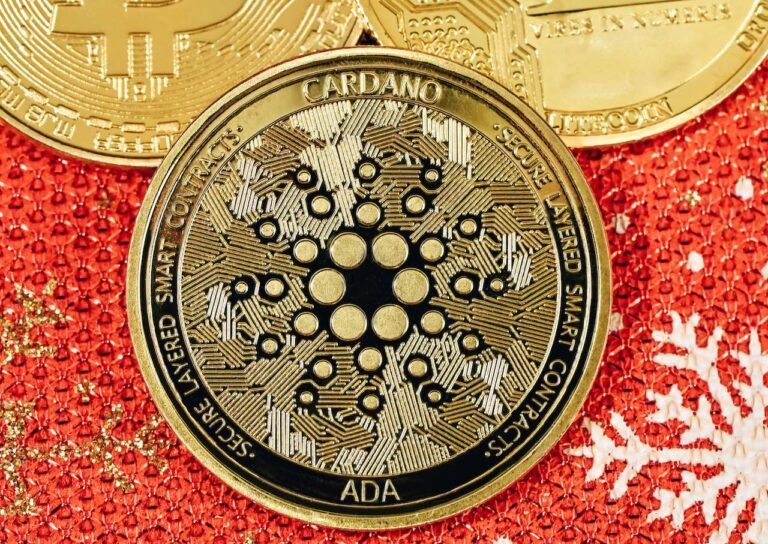On July 2, 2024, the Crypto Carbon Ratings Institute (CCRI) released a comprehensive report on Cardano, aligning with the European Union’s Markets in Crypto-Assets (MiCA) regulation. This mandate requires crypto asset issuers and service providers to disclose sustainability indicators, as stipulated by MiCA’s Article 6 (1) and Article 66 (5). The Cardano Foundation collaborated with CCRI to ensure rigorous blockchain monitoring and data collection.
The Markets in Crypto-Assets Regulation (MiCA) is a comprehensive regulatory framework introduced by the European Union to standardize rules for crypto-assets across member states. Officially entering into force in June 2023, MiCA aims to provide legal clarity, enhance consumer protection, and ensure market integrity within the rapidly evolving crypto market. The regulation will be implemented in phases, with significant milestones set for 2024.
A key deadline for MiCA was on 30 June 2024, when the rules for asset-referenced tokens (ARTs) and e-money tokens (EMTs) came into effect. This means that issuers of these tokens now have to comply with stringent requirements, including maintaining liquid reserves, ensuring redeemability, and publishing comprehensive white papers detailing their operations and associated risks.
MiCA covers a wide range of crypto-assets not previously regulated under existing financial services legislation. It sets out clear guidelines for the issuance, trading, and custody of crypto-assets. Crypto-asset service providers (CASPs) must now be authorized by national authorities within the EU, adhere to anti-money laundering (AML) policies, and ensure robust consumer protection measures. These providers are also required to implement procedures for managing conflicts of interest and handling complaints efficiently.
One of the notable aspects of MiCA is its approach to stablecoins. Algorithmic stablecoins are banned under the regulation, while fiat-backed stablecoins must comply with strict liquidity requirements to ensure they are fully backed by reserves. These measures aim to mitigate risks and enhance the stability of the crypto market.
The regulation also mandates that crypto-asset service providers disclose information about the environmental and climate impact of their activities. This is part of a broader effort to integrate sustainability into financial regulations.
By 30 December 2024, all remaining MiCA provisions will be fully implemented, covering a wider array of crypto-assets and service providers. This phased approach allows for a smooth transition and ensures that stakeholders have time to comply with the new requirements.
The CCRI report begins by emphasizing that Cardano employs an energy-efficient consensus protocol. According to CCRI, Cardano’s Proof of Stake (PoS) mechanism consumes significantly less electricity compared to Proof of Work (PoW)-based protocols such as Bitcoin.
CCRI reports that the total annualized electricity consumption for the Cardano network is 704.91 MWh as of May 2024. This figure highlights the efficiency of Cardano’s consensus protocol in minimizing energy usage.
The CCRI report also details the carbon emissions associated with Cardano’s annual electricity consumption. Using location-specific emission factors, CCRI calculated that Cardano’s network has an annualized carbon footprint of 250.73 tCO2e. Additionally, CCRI found the carbon intensity of the consumed electricity to be 356 gCO2 per kWh.
According to CCRI, the marginal power demand per transaction per second (TPS) in the Cardano network is 0.192 W. This metric demonstrates Cardano’s efficiency in processing transactions with minimal energy expenditure.
CCRI benchmarks Cardano’s performance against other networks assessed in its latest PoS Benchmarking Study. The report places Cardano favorably within its peer group, showcasing its superior energy efficiency and lower carbon footprint.
CCRI’s assessment methodology for Cardano involved several steps:
- Network Power Calculation: CCRI multiplied the number of nodes in the Cardano network by the power consumption of a representative node.
- Electricity Consumption: CCRI derived the network’s electricity consumption over a specific period.
- Carbon Footprint: CCRI calculated the network’s carbon footprint by multiplying its electricity consumption by the carbon intensity factor of the network’s grid.
The CCRI report provides detailed information on the hardware used within the Cardano network. CCRI measured the electricity consumption of nodes running the required software and provided upper and lower bounds for power consumption. This approach allowed CCRI to estimate the total electricity consumption and carbon footprint of the entire network accurately.
In compliance with MiCA, CCRI outlined ten mandatory sustainability indicators for Cardano, covering areas such as energy consumption, GHG emissions, waste production, and natural resource impact. CCRI used the draft regulatory technical standards provided by the European Securities and Markets Authority (ESMA) to ensure accurate and relevant sustainability metrics.
Key Metrics:
- Energy Consumption: 704.91 MWh annually.
- Non-renewable Energy Consumption: 69.12% of total energy used.
- Energy Intensity: 0.000168 kWh per transaction.
- Scope 1 GHG Emissions: 0 tCO2e (as validators do not produce their own electricity).
- Scope 2 GHG Emissions: 244.448 tCO2e annually.
- GHG Intensity: 0.0000597 kgCO2e per transaction.
- Generation of Waste Electrical and Electronic Equipment (WEEE): 8.26t annually.
- Non-recycled WEEE Ratio: 51.93%.
- Generation of Hazardous Waste: 0.004237t annually.
- Impact on Natural Resources: Textual description including water, fossil fuels, and critical raw materials used in the production, use, and disposal of devices.
The CCRI report highlights Cardano’s significant strides in sustainability, emphasizing its energy-efficient consensus protocol and lower environmental impact compared to other blockchain networks. By adhering to the MiCA mandate and collaborating with CCRI, the Cardano Foundation demonstrates its commitment to transparency and environmental responsibility.
Featured Image via Unsplash









